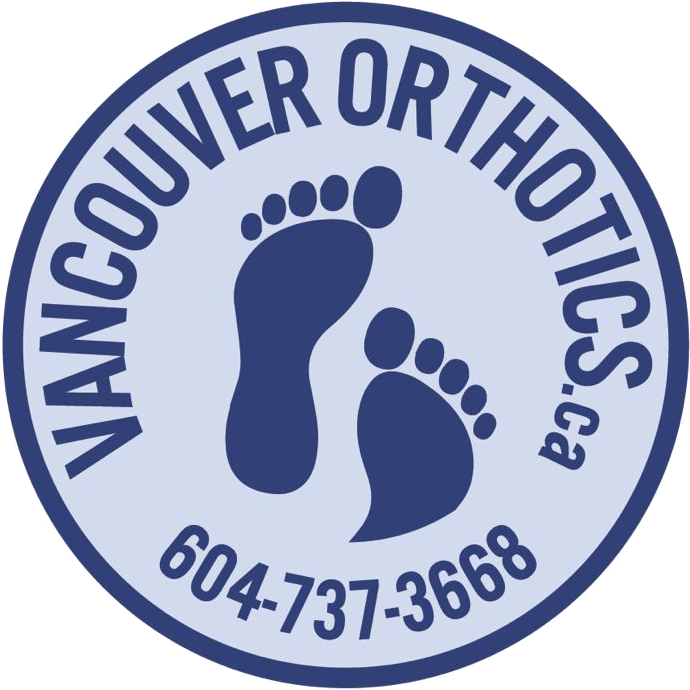High Arches & High Instep (Pes Cavus)
DIAGNOSIS & TREATMENT
Most people have an arch along the inner side of the foot, leaving a gap between the ground and the foot. Some feet have a higher arch than average, and this is the opposite of a flatfoot (pes planus). In combination with a higher arch, the ankle may be "rolled" outwards slightly - this is the opposite of a pronated foot. Often this gets referred to as pes cavus.
When standing with weight on the foot, the arch will appear higher. The heel often tilted inwards at the ankle (but not always). In many, the toes will appeared clawed. When not standing the front half of the foot (forefoot) will appear to be dropped below the level of the rearfoot.

The symptoms associated with high arches will vary depending on how severe the condition is and the activity levels of the person with it. Most will have no pain or any other symptoms. Symptoms may vary from a mild problem with shoe fitting to significant disability.
 Some symptoms can include:
Some symptoms can include:
- Corns and calluses under the bases of the first and fifth toes.
- Difficulty finding shoes that fit.
- Pain in the arch area.
- Stiffness and loss of mobility
- Frequent ankle sprains.
-
Dr. Michael Horowitz offers a 5-Step process to successfully treating High Arches. He can help evaluate & diagnose your condition and recommend the best course of action for you. Call Vancouver Orthotics at 604-737-3668 for more information.



